Delhi-based painter and educator Shalender Singh charges each canvas with a meditative choreography of oil, contour, and incandescent signifiers. Trained at the College of Art, New Delhi, he crosses boundaries—still life, spiritual abstraction, emotive figuration—yet every excursion circles back to innocence and nature. His strokes ignite with fauvist urgency. Meanwhile, his iconography—Krishna, karma, and the muscular vitality of animals—opens a quiet metaphysical chamber. As a result, Singh’s works have occupied the walls of the Jehangir Art Gallery, India Habitat Centre, and Lalit Kala Akademi.
Equally adept outdoors and online, he paints in open‑air camps, then curates his growing digital lexicon through tutorials, workshops, and a YouTube atelier. With each series, he forges a bridge between eye and soul, time and the timeless. The encounter feels less like viewing than listening to a whispered duet of memory and transcendence.
Recently, in an exclusive exchange with The Interview World, Singh mapped his artistic pilgrimage. First, he tallied the exhibitions that have honed his voice. Next, he gauged the audience’s evolving response. Finally, he decoded his recurring rooster motif and sketched the wider constellation of themes animating his practice. The insights below distil that spirited conversation.
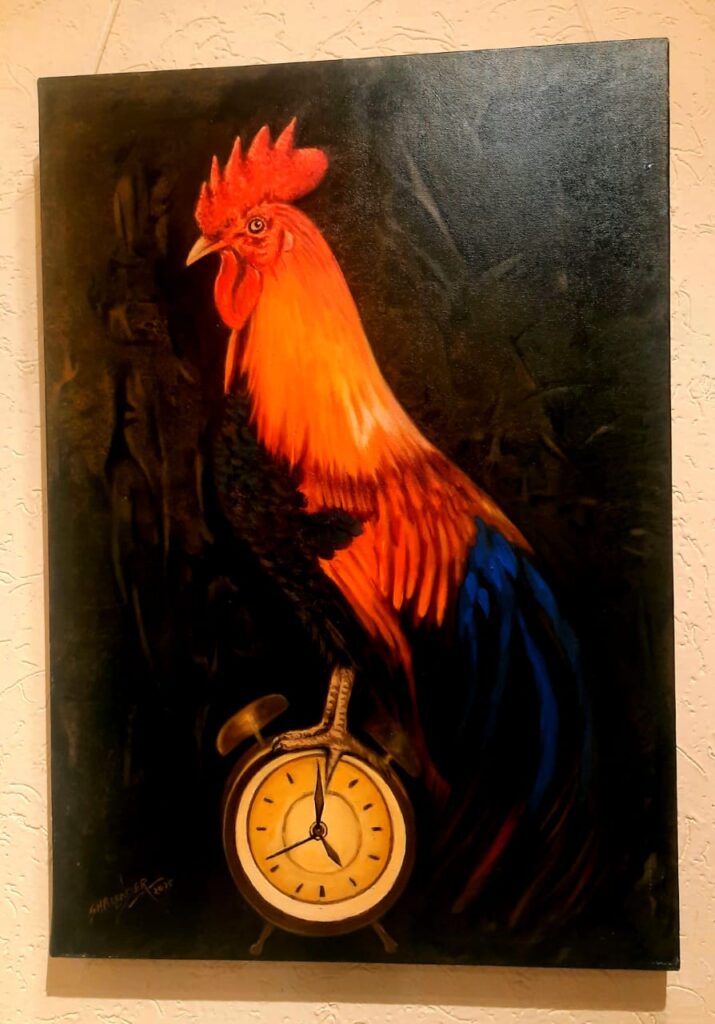
Q: Could you walk us through your paintings?
A: I anchor my latest series around the rooster—a creature that straddles myth and muscle, clock and cosmos. First and foremost, the bird incarnates time. Dawn after dawn, its cry cleaves the darkness, announcing a new slate of hours. Yet the rooster does more than mark the moment; it radiates raw power. Cockfights in Old Delhi and far‑flung arenas of Korea testify to its sinewy ferocity, and I harvest that kinetic energy on canvas.
Indian mythology deepens the motif. In Tamil Nadu’s temples of Murugan, legend recounts Kartikeya cleaving a demon in two. One shard became a peacock, the other a rooster. When the humble fowl lamented its lesser fame, Kartikeya replied, “Dwell within my heart and guard the world.” From that pact, the rooster assumed planetary custodianship—an epic responsibility I translate into paint.
Epic echoes resurface in the Mahabharata. Bhishma rides to war with a rooster emblem blazing on his banner, while Shikhandi, reborn across lifetimes to avenge past wrongs, mirrors the bird’s relentless resolve. Therefore, each brushstroke in the series celebrates endurance—an unfaltering will to meet destiny head‑on, again and again.
The rooster also gifts us renewal. Every crow at first light promises another beginning, the same vigor, a fresh fate. Miss the moment? Sunrise returns, and so does the call. No other bird measures light so precisely. A Japanese study in 1982 confirmed that the rooster alone responds to the planet’s inaugural ray, crying out even before other species stir. Daylight may ripple later; the rooster has already proclaimed it.
Through these canvases, I invite viewers to confront their own chronology and courage, to seize the hour before it slips, and—should it slip—to rise with the next dawn’s fiery herald.
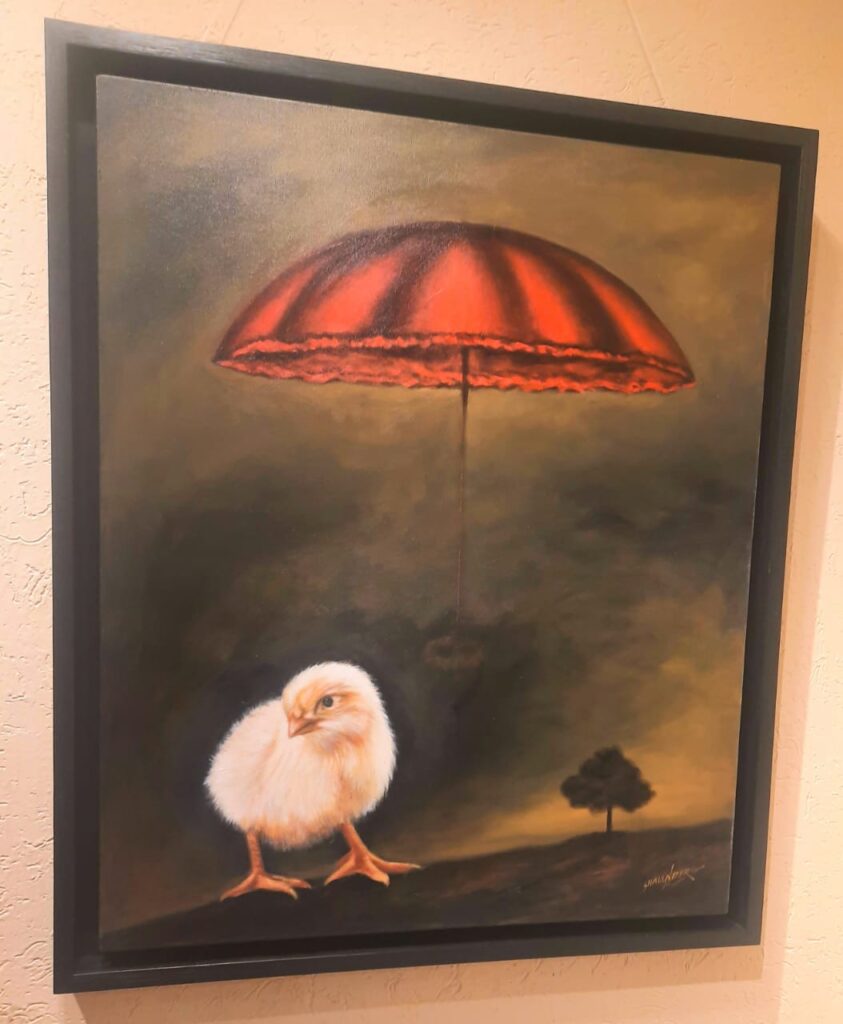
Q: Can you share when and how your journey with painting began?
A: I belong to the 2002 batch of the College of Art, New Delhi. However, my journey with painting began much earlier—around 1997–98.
I pursued both my Bachelor’s and Master’s degrees in Fine Arts from the same institution. The College of Art, Delhi, shaped not just my technical foundation but also my artistic worldview. It remains the bedrock of my practice.
Q: How many exhibitions have you participated in to date?
A: I have participated in over 30 to 40 exhibitions across my career. While my early practice revolved heavily around oil as the primary medium, my focus has gradually evolved.
For the past 12 to 15 years, I have devoted myself to the Rooster Series—a body of work that continues to deepen in meaning and technique. This long-term commitment reflects both artistic discipline and a personal dialogue with symbolism, mythology, and time.
Q: How has the audience responded to your work?
A: The audience response has been overwhelmingly positive. Many viewers express genuine intrigue, often noting that the rooster is a rare and unconventional subject in contemporary art. They find it distinctive—something they don’t encounter often in galleries or exhibitions.
The rooster, as a symbol, holds a compelling and almost personal resonance. Viewers connect with its presence, often describing it as both powerful and intimate. Its rarity adds to its appeal, inviting contemplation rather than mere observation.
Notably, I’ve also created several rooster-themed works for the Government of India, further cementing its place within my visual language and its cultural relevance in the broader artistic landscape.
Q: Does your rooster painting carry any religious or symbolic meaning in your view?
A: I refuse to tether the rooster to a single faith or locale. Sacred narratives disperse its image far and wide. The Mahabharata hoists it on war banners. Hindu iconography pairs it with Ganesha. Christian lore also grants it symbolic weight. Therefore, fixing the bird to one tradition would only diminish its universal resonance.
Q: Considering that roosters are common in many Muslim communities, how have Muslim audiences responded to your artwork featuring them?
A: I’ve been painting for many years, and throughout this journey, every conversation has centred around art. Collectors, critics, and viewers alike engage with the work—its form, symbolism, and emotional depth.
Not once has anyone questioned its religious context. No one has asked me about religion. The dialogue has remained rooted in aesthetics, not dogma. That silence speaks volumes.
Q: Could you share more about the range of your work—what other paintings or series have you created?
A: I’ve invested significant work into this series, layering it with subtle symbolism and deliberate spatial dynamics.
In this particular painting, I depict a male and a female goat—not as companions in conversation, but as independent presences, absorbed in their own space. They aren’t interacting with each other. Instead, both turn outward, engaging with the viewer. Their gaze is direct, almost confrontational, as if inviting the audience into silent dialogue.
To heighten this psychological tension, I placed a triangle in front of the beaver—a symbolic anchor that breaks the visual symmetry. It creates a deliberate disconnect between the two animals. The triangle isn’t just compositional; it suggests an unseen force or emotion pulsing between them and the observer.
The beaver plays a crucial role in this dynamic. I intentionally connected it to the painting’s emotional rhythm. It becomes a silent witness, perhaps a metaphor for endurance or instinct. The male goat, striking in form and posture, exudes both beauty and strength—a quiet charisma that balances the painting’s meditative stillness with visual allure.
Q: Before we close, is there anything more you’d like the audience to know about your paintings or creative process?
A: When I speak about my painting, I want to challenge a common perception: the rooster is not merely a food item. Far from it. If you truly pause and observe, you’ll see a creature of striking beauty and grace. Its feathers shimmer with vibrant colours—each plume a statement of natural elegance.
In my work, I elevate the rooster to a symbol of majesty. I often render its crown like that of a king—rich, regal, almost velvet to the eye. Its texture, if imagined through touch, evokes a tactile softness that rivals the finest fabrics.
Visually, the rooster’s crown resembles a blooming lotus—another emblem of purity and power. This is not just an animal of utility; it is a gift of nature, steeped in visual poetry.
When we look beyond the surface and approach it through the lens of beauty, the rooster transforms. It becomes something more—something worthy of reverence, not reduction. And that, I believe, is where true appreciation begins.
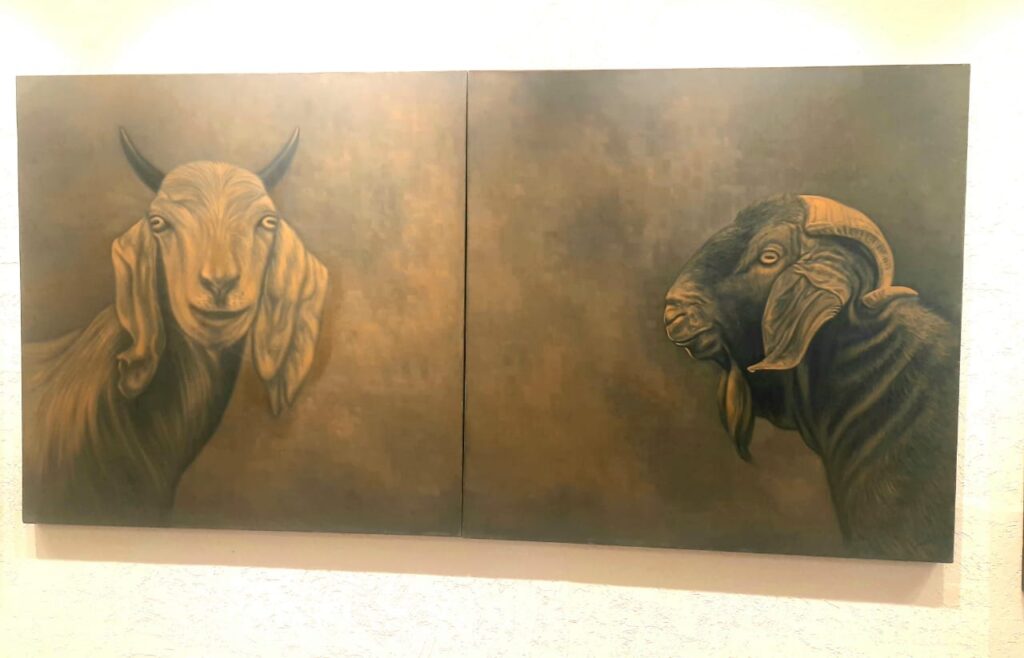

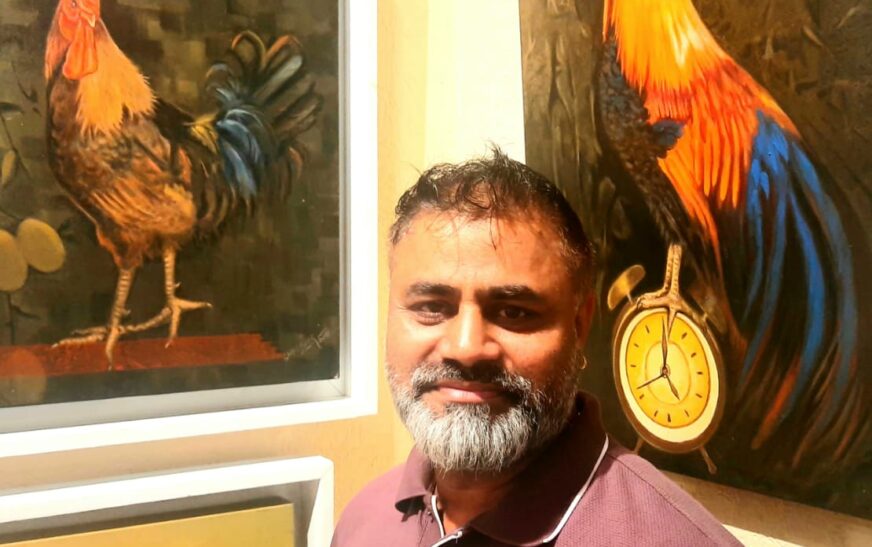



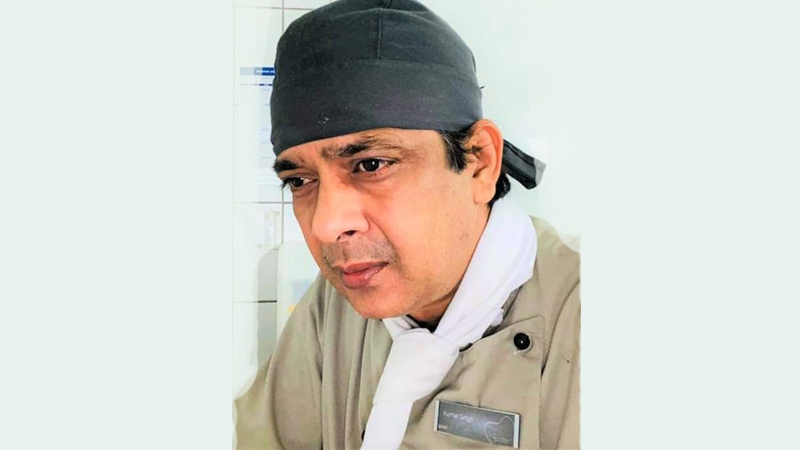
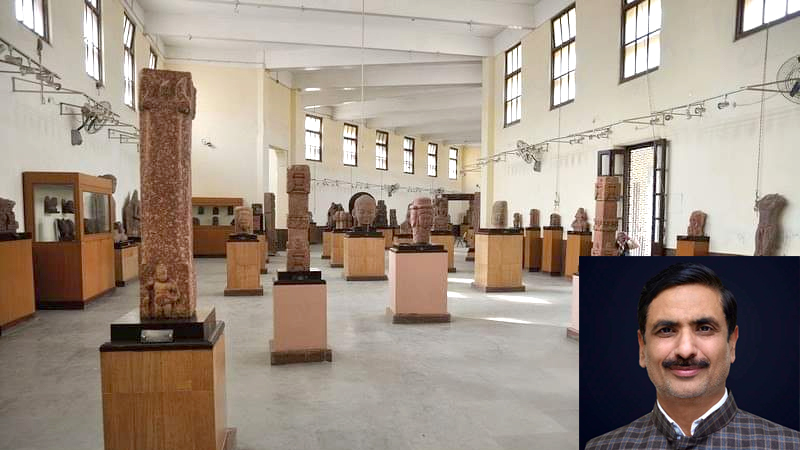
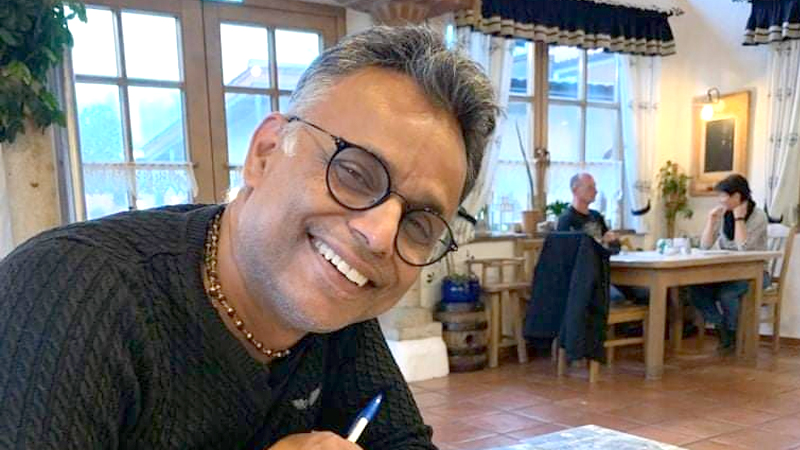

1 Comment
I love the clarity in your writing.